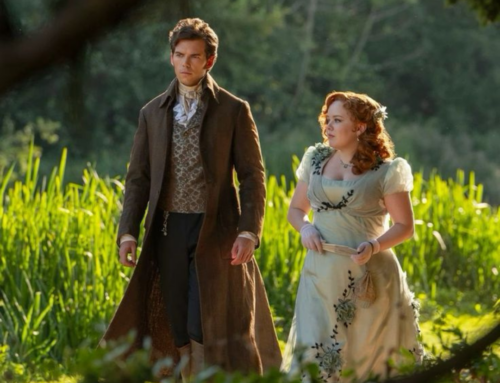Creativity and its box

By Dr Vlad Glaveanu
It is exasperatingly common to hear the ‘thinking outside the box’ remark in relation to creativity. This is so not because challenging ‘boxed’ thinking is not very useful in itself, but because those who utter this phrase rarely reflect on its meaning and implications.
Paradoxically, on many occasions, being invited to think outside the box ends up creating a new box. This is the ‘creativity box’, built to separate creative expression from other types of thought and behaviour. It is a widespread belief among both researchers and lay people that creativity as a personal quality, as a certain kind of problem solving, is different from the stuff of everyday life. When we make breakfast, when we take the same way to school or to work, when we watch TV and do the laundry we are presumably very much inside the usual box of routines or habits. We don’t create new objects, ideas or actions because we are too busy repeating the same kind of activity we got used to in the most efficient manner possible. We rarely think actually in these circumstances. We ‘consume’ products, ideas, ways of doing things without bringing anything new, personal, worth of being seen and appreciated by others.
And yet we can wonder if this is truly the case. Is it that we always make the very same breakfast? Do we always use the same route to work? Do we watch TV mindlessly and are we never surprised by what we see and think about it in different ways? Above all, do we simply ‘consume’ without ever ‘producing’ through the very same action? If we were to take the perspective of the person actually involved in these activities, we would easily see that he or she is constantly creating an experience, a personal trajectory, crafting a way of living or, better said, co-creating it in interaction with others, their routines and habits. Just like the old phrase claiming we can never step twice into the same river, we can also never act twice in the exact same way. If simply for the fact that other people constantly intervene in our routines and ‘shake’ our habits. The creativity of everyday life, silent but persistent, awaits to be discovered and used.
Meanwhile, we are oblivious to it because we are too busy building new boxes for creativity – both spatial (office rooms for brainstorming, the creative’s studio, the arts festival, etc.) and temporal (at work, during the idea generation meeting from 2 to 4; in the weekend, when we go to yet another creativity workshop, etc.). Thinking differently can be very useful, but not when we make it such a ‘special’ and distinct moment that it stands out (and apart!) from our daily ways of thinking. By being always focused on cultivating creativity as the exceptional we are losing sight of it in the ordinary. And this is one of the greatest resources we have. How else would we be able every day to get to work on time, manage to cook something we like, interpret what we see on TV, decide what and how we are ready to ‘consume’ and what we produce and keep as part of this experience?
So, next time you think outside the box make sure you don’t do this in an even bigger box. Perhaps there is really no box to escape from but just an insidious drive of creating boxes, maybe the least creative of all.
Useful links:
MSc in Marketing & Creativity
Creative London Summer Course





